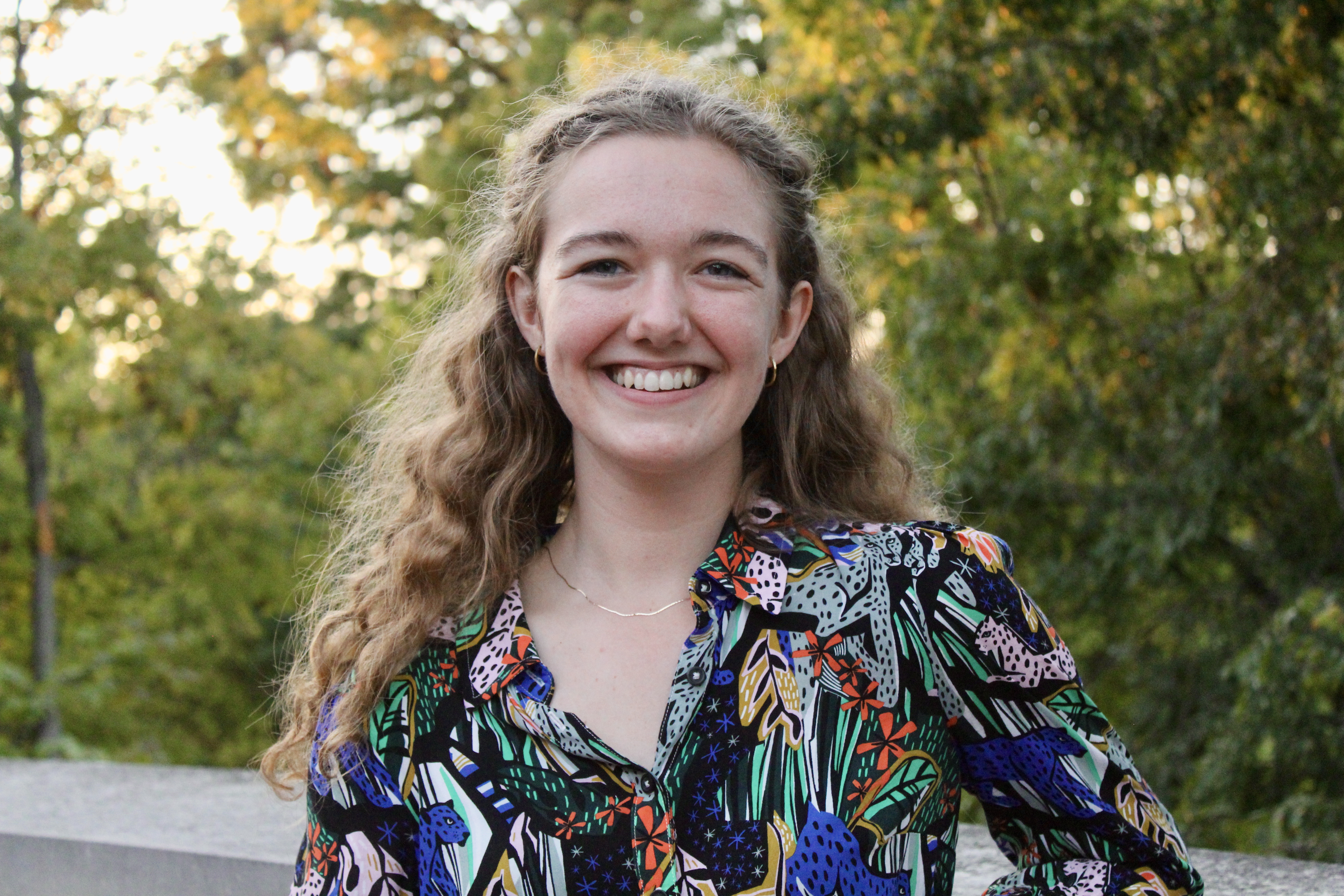“They might be a little late,” says Alisha Rivera Aquino, looking out of the IU Speech, Language and Hearing Clinic’s glass doors expectantly. “They have to drive really far to get here.”
Aquino is referring to her elementary-aged patient and their family, who make the weekly journey to the Clinic for Spanish-language speech therapy sessions. Aquino works with the young patient as a part of her master’s degree work in Speech Therapy Education, Practicum, and Services, or STEPS: the only bilingual Speech-Language Pathology Master’s track in Indiana.
As of 2022, 19% of the US population identified as Latinx, yet only 6% of certified Speech-Language-Hearing clinicians felt comfortable providing care in Spanish. The scarcity of Spanish-language clinicians means that patients like Aquino’s often travel long distances for high-quality speech care.
STEPS at IU was formed by Dr. Raquel Anderson in 2009 to help address this gap in healthcare from two angles: offering Spanish-language speech therapy sessions to community members all while training bilingual clinicians.
Benefit to patients
The Clinic is a sleek, glassy building nestled behind the IU Health Bloomington Hospital. At 5:30 p.m., it sits mostly empty, except for Visiting Clinical Assistant Professor Andrea Arends, Aquino, and her mentee, first-year STEPS student Ana Valdez. Once the family arrives, the lobby is filled with a chorus of greetings.
The group makes their way through the clinic’s hallways until arriving at two small, connected rooms. Everyone takes their place. The youngest child, Aquino, and Valdez sit on the three red chairs in the main room and the child’s mother and siblings on three identical chairs in the observation room. A one-way window and speaker system allows the family to listen in as the two graduate students begin the session.
“Let’s jump!” the two announce enthusiastically in Spanish. Sounds of movement and laughter come through the speaker as the child, Aquino, and Valdez jump to sound out two and three-syllable words. They work through a list of words, emphasizing each syllable before stringing them together in series.
Aquino and Valdez lead the student through a series of reading and pronunciation activities: describing a picture book, answering conversation questions, and sounding out three-syllable words. As the student speaks, they offer encouraging nods and gentle guidance while making notes on their printed lesson plans.
“We put checks and minuses next to what was easy and what was hard,” explains Valdez. At the end of the hour-long session, the pair goes over the points with the family, explaining that the student had made progress on two and three-syllable words and that the next steps were to continue working towards full phrases.
“Most of our parents observe the entire session”, says Arends, a 2015 graduate of the STEPS program who now helps organize the program. Although most treatment is done in the clinic, observing their children allows parents to model language at home, which may improve patient outcomes.
“We’re not here to reinforce the institutional rules of how language should be used,” says Arends. Instead, the treatment aims to address speech or language disorders to allow children to speak their home language confidently and comfortably. “From a social justice language framework, maintaining that home language is crucial,” she explains.
Benefit to students
Of the 326 Speech-Language Pathology Masters programs in the US, only 52 offer a bilingual track. In the Midwest, that number drops to four.
Masters students in STEPS participate in a two-year curriculum of clinical, academic, and classroom learning focused on child language, bilingualism, and diversity. A cornerstone of their learning is clinical experience, whether in the IU Speech, Language, and Hearing Clinic or in regional public schools with a high Latinx enrollment.
Nicole Garcia, a current STEPS Masters student, was drawn to the program as a result of her previous experience with such schools. After graduating from IU as an undergraduate in December 2018, she worked in an Indianapolis area public school as a bilingual skill specialist.
Because of her Spanish proficiency, Garcia soon found her responsibilities growing. “The therapist really relied on me to serve almost as an interpreter,” she said, “At least in my center, there weren’t a lot of bilingual speech-language pathologists. I felt like there could’ve been more help.”
Through STEPS, Garcia hopes to reduce the strain on bilingual clinicians and increase the amount of Spanish-language support available to Latinx students.
Even within IU, Garcia views STEPS as an asset to the Speech-Language Pathology Masters cohort as a whole. “Through STEPS we learn about culturally responsive treatment,” said Garcia, “students in STEPS might have a different perspective on things.”
Benefit to community
According to the 2022 US Census, 4.5% of Bloomington residents identified as Hispanic or Latino. Thirteen of these residents are currently participating in STEPS, though caseload varies by year. This fall, the STEPS program formed the Familias en Conexión support group for the parents of patients to meet and discuss experiences, questions, and concerns about their children’s care.
These group meetings allow the families of these children to find community among other people with shared experiences. “It was a good first meeting, we’re hoping to grow it,” reflected Arends in September.
Just as Arends hopes to grow Familias en Conexion, Garcia wants to grow STEPS’ attention. Although proud of her cohort and their achievements, Garcia wishes the program had more funding to cover transportation expenses for patients or make sessions free of cost. “I wish [STEPS] was more valued here [at IU] because it does help a lot of families,” she said.


